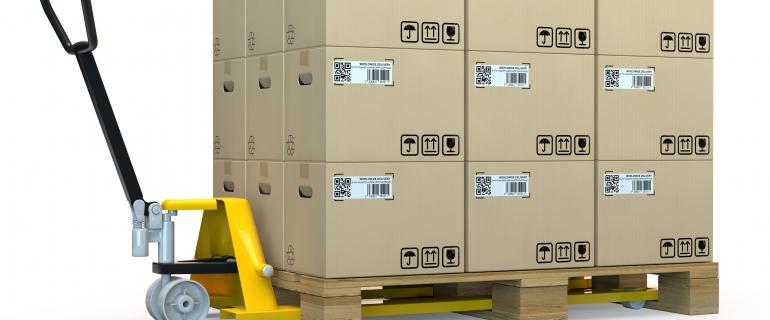Will Your Printer Make it the Rest of the Year?
Digital printing technology for industrial printers has revolutionized the marking, printing, and packaging industries in huge ways. Adoption growth has been swift, even as the majority of operations hold on to legacy analog and offset printing technologies.
A plurality of experts predict that growth in digital printing will surpass double digits. The flexibility and mind-blowing capabilities of digital print technology are helping operations managers achieve what was previously thought impossible. Variable data printing, for instance, introduced the possibility for endless product packaging design customization and segmentation. direct-to-shape (DTS) printing eliminates many of the steps in the traditional packaging recipe, allowing printing to take place directly on nearly any surface shape.
Experts like the SGIA assert that “production inkjet technology adoption has provided printers numerous benefits, including fast turnaround times for personalized, on-demand output; lower equipment operating costs compared to digital toner-based printing; new product applications; and greater flexibility than traditional equipment.”
All of these advances mean that nearly every operation out there should consider making the switch to digital in order to obtain the following benefits.
Greater Control Over Print Jobs and Results
One of the chief objections to digital inkjet print systems is that they have a slower output and a higher potential cost compared to high production volume printing. That may be true in some cases, but not every product is manufactured via high volume production runs these days. Instead, it’s all about flexibility, changeovers, and customization.
Consider that a single printing line equipped with digital controllers can accommodate changeovers that last just a few seconds. All operators have to do is select the new job and activate the conveyor. Compare that to plate-based offset printing systems, which can take 30 minutes to several hours to change depending on the product. Many analog printing systems are also only able to accommodate one uniform product size, whereas digital systems use computer vision technology to adjust their throw distance and even their orientation based on how the object is fed through the conveyor.
Ultimately, digital print systems can replace multiple analog print lines, introducing flexibility and efficiency, while multiplying potential throughput when working with several product lines or client contracts.
Easy Data-Sharing for Variable Printing and Analytics
Digital print systems can automate variable print jobs when linked to a database, allowing for more simple serial coding as well as customization. Coca-Cola’s incredibly successful “Share a Coke” campaign provides a compelling use case for the consumer appeal of variable data printing. The company also wants to use digital printing to completely reorganize their supply chain, allowing printing to occur at the bottling facility rather than through a carrier that prints upon empty containers in bulk.
On the back end, digital print heads provide a wealth of data that can assist operations managers with optimization. Metrics such as overall downtimes, total printings performed, and other variables can all inform best-practice decisions, while objectively corroborating production reports.
Higher Resolution, More Possibilities for Your Industrial Printers
Digital printing means you aren’t locked into a design choice for years. As technology like direct-to-shape printing matures, designs can be changed over instantly in order to keep branded packaging in line with the latest campaigns and consumer trends.
“The use of digital technologies for micro marketing in the packaging sector to maximize consumer engagement is accelerating,” explains Phil Johnson, Managing Director of NMP, which recently began to print directly onto PET beer packaging. “The ability to create designs and print them directly onto bottles quickly, virtually ‘on-the-fly,’ is a powerful marketing tool which will give brands the ability to localize, personalize, and customize their products to drive highly-effective promotional campaigns.”
Industrial printers are also lighter and more configurable than ever, allowing you to maximize the space in your production facility, while opening up new possibilities for recipes.
To learn more about the rapidly advancing world of industrial inkjet printing and research equipment that can expand your operation’s capabilities, take a look at Raab’s industrial printers today.


Comments
Add your comments